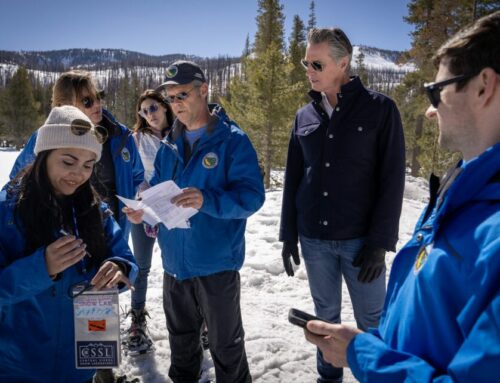by Greg Walcher, E&E Legal Senior Policy Fellow
As appearing in the Daily Sentinel
My grandpa was a ditch rider on the Stub Canal in Palisade, and when someone used more water than they were entitled to, the solution was simple — he locked the headgates.
This week, the seven Colorado River Basin states announced they had finally reached an agreement to reduce their water use, staving off the draconian control threatened by the Bureau of Reclamation (BoR) since last summer. The deal made front-page news, in this paper and throughout the West. Is it real?
Reuters called it a “historic deal to save” the river. The Guardian called it a “breakthrough” and CNN called it a “landmark.” The Associated Press and The Daily Sentinel were quite properly more cautious, writing that Arizona, California and Nevada had “proposed a plan to significantly reduce their water use… a potential breakthrough in a year-long stalemate.
That is a more accurate reading of the plan, actually agreed upon by the three states of the Lower Basin, not by all seven states. Although all seven signed the transmittal letter to BoR, it contained language clarifying that the Upper Basin states had not yet studied it enough to endorse it. That matters because, as we have mentioned several times, BoR has no legal authority to demand reductions in the Upper Basin states of Colorado, Wyoming, Utah, and New Mexico. Its authority is much stronger in the Lower Basin because those states have no compact among themselves (as the Upper Basin has) and because of Supreme Court rulings making the Interior Department “water master” specifically in the Lower Basin. The difference is also significant because the Upper Basin has never used its entire entitled share of the river under the interstate compact, whereas the Lower Basin (thanks to California) has used far more than its share for decades.






